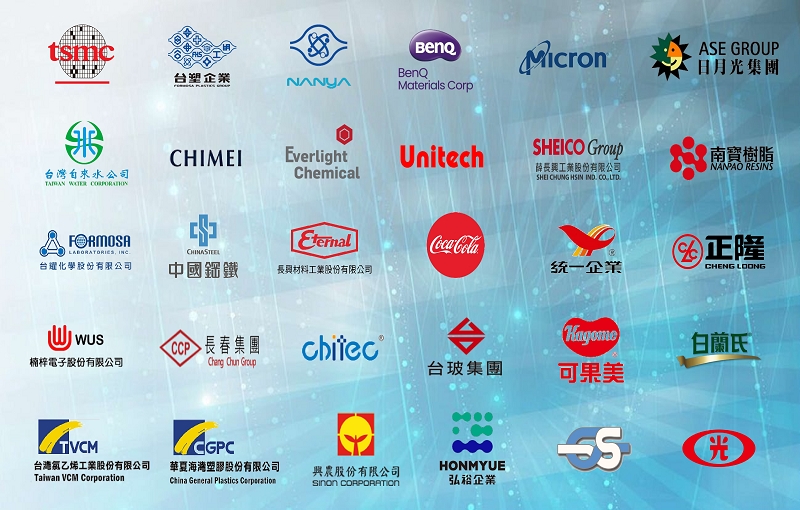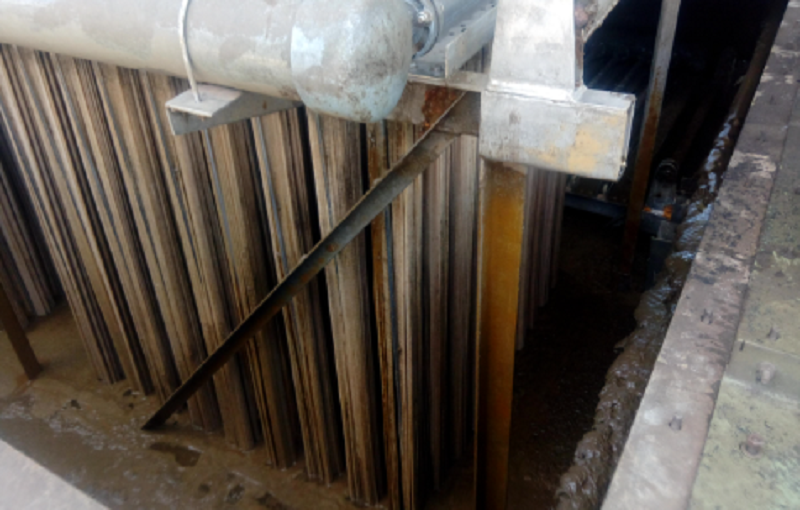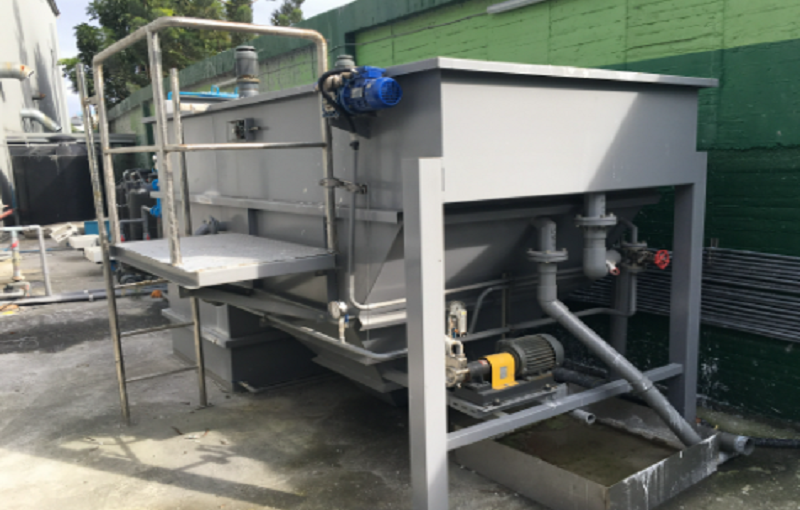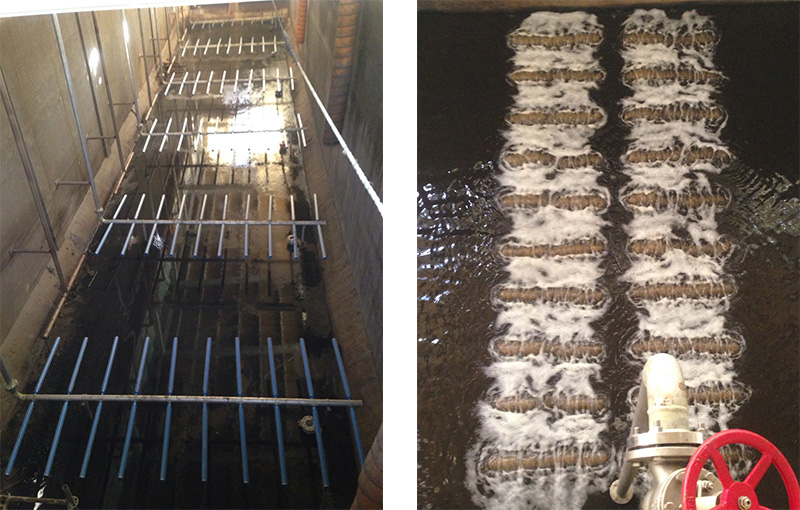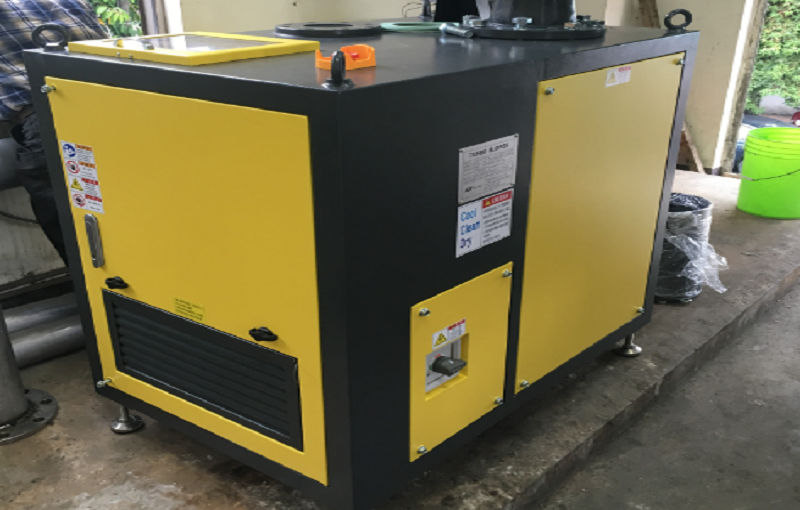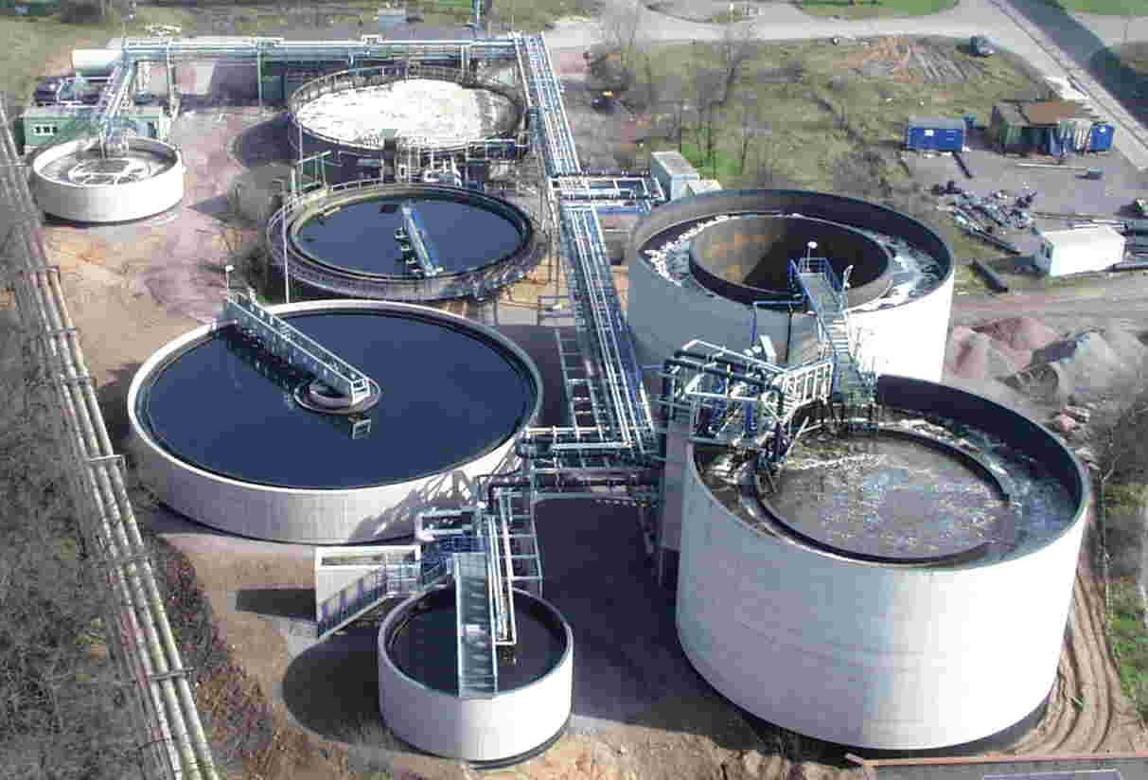Today Water Equipment
Submerged Cassette Type Hollow Fiber Membrane MBR system in a petrochemical wastewater Plant
Energy saving: The proprietary aeration system helps efficiently scour the membranes and reduces aeration energy. In addition, the large membrane surface area per projection area greatly reduces the installation space.
Durability: Poreflon hollow fiber that has high tensile strength is durable against shaking and flexing and allows use for extended periods.
Compatible with a wide range of wastewater: Stable treatment capacity is achieved even for wastewater that contains oil and refractory organic water.
Chemical resistance: The module can be cleaned with chemicals from pH0 to 14, including high-concentration alkalis. It has a good flow rate recovery.
Easy handling: The PTFE hollow fibers are treated to be hydrophilic for ease of transport and installation while dry.
Dissolved Air Flotation System in wastewater treatment of a laundry store
High contaminant removal efficiency: Supplying a highly dense micro-bubble formation
Continuously steady dissolved air flotation: fine adjustment not necessary during operation
Applicable for additional installation: narrow space installation
Minimum power consumption: power required for micro-bubble generator only
Easy maintenance and minimum operation cost: compact and simple in structure
Quiet in operation: no compressor, controls, or dissolve tank is required
Tube diffuser in a paper & pulp wastewater aeration basin
Replace the existing aeration tube with a fine-bubble aeration tube made of PU composite material from Norres, Germany, which is more durable
Northern Food Factory – Improve blower noise and save energy / Treated water volume: 300CMD
The existing vertical Roots blower has high noise and severe vibration. After changing to the airfoil bearing blower, the noise value is lower than 75 decibels and the maintenance cost of the blower is greatly reduced, and the operation of the biological aeration tank is more energy-saving.
"ZKS Dillingen" in Dillingen, Germany / treated water 1,440 m³/d
During 2006 & 2007, in the "ZKS Dillingen" coke oven plant in Dillingen, Germany, the nitrification mold plant test for removing ammonia nitrogen from water was carried out with Mutag microbial carrier, and it was put into operation in 2008. The original German factory MUTAG also provided the following aspects: Engineering support:
* Second stage microbial treatment with MBBR treatment unit
* Post-denitrification and post-aeration after the nitrification procedure
* Storage and dosing of related chemicals
